HILMA AF KLINT & PIET MONDRIAN: FORMS OF LIFE

Hilma af Klint (b. Sweden, 1862-1944) and Piet Mondrian (b. Netherlands, 1872-1944) were two of the most imaginative artists of the twentieth century. While they never met, they shared the same deep connection to the natural world and the desire to understand the forces behind life on earth. A major new exhibition at Tate Modern, Hilma af Klint and Piet Mondrian: Forms of Life, puts these two visionary painters in close dialogue for the first time. Featuring around 250 works, including paintings, drawings and archival materials, the show reveals how their art reflected radical new ideas, theories and scientific discoveries in an era of rapid social change.
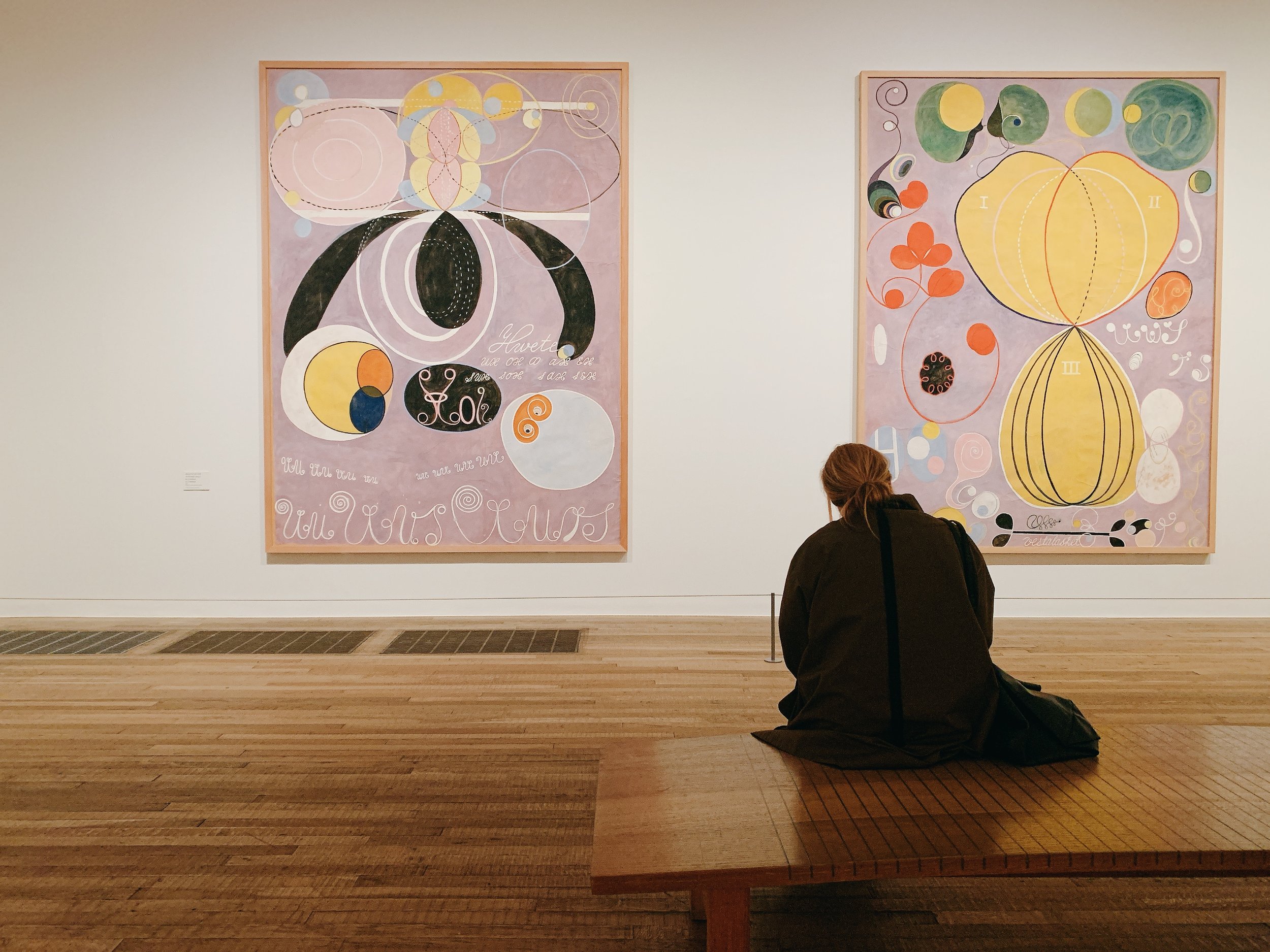
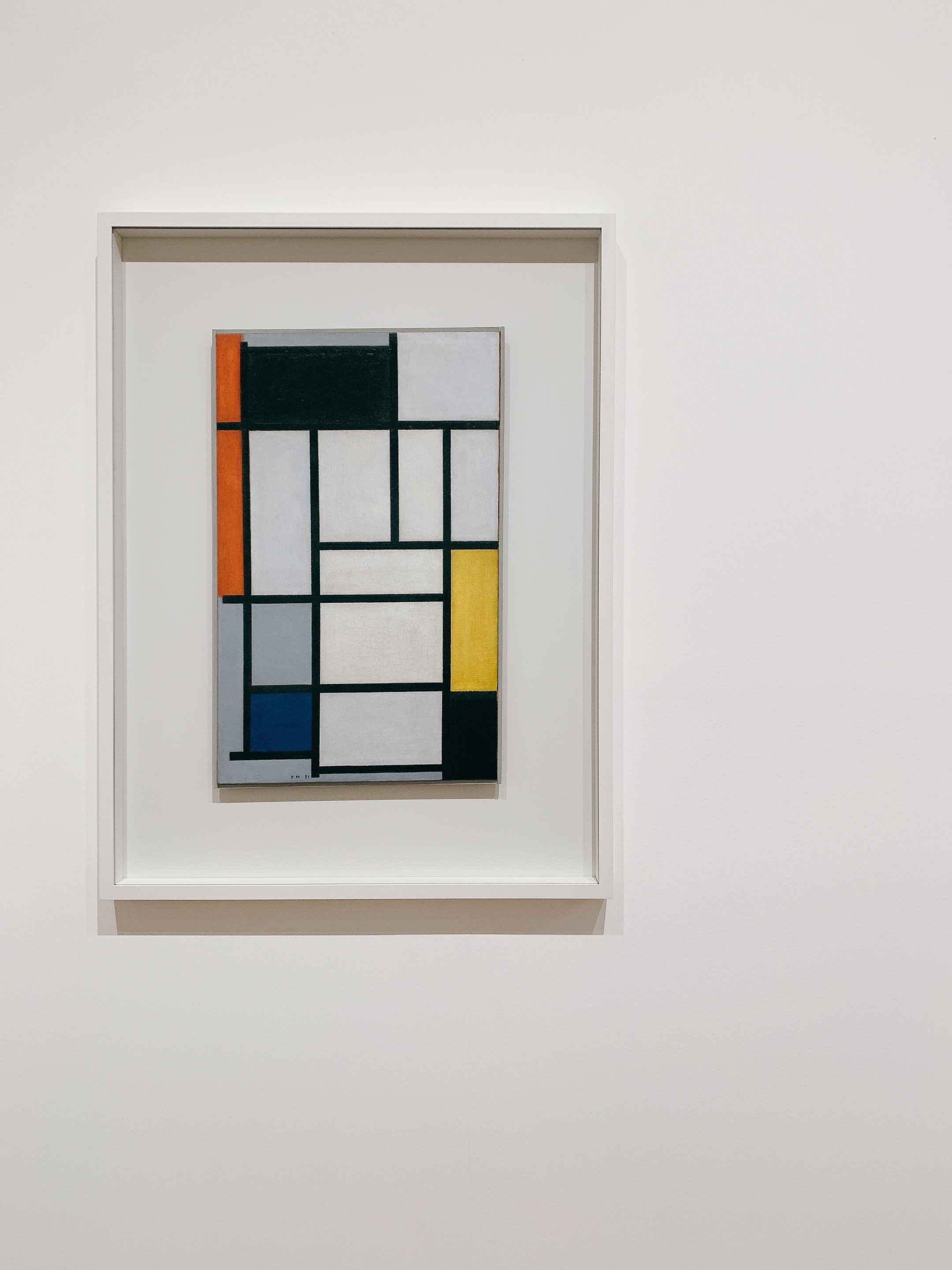
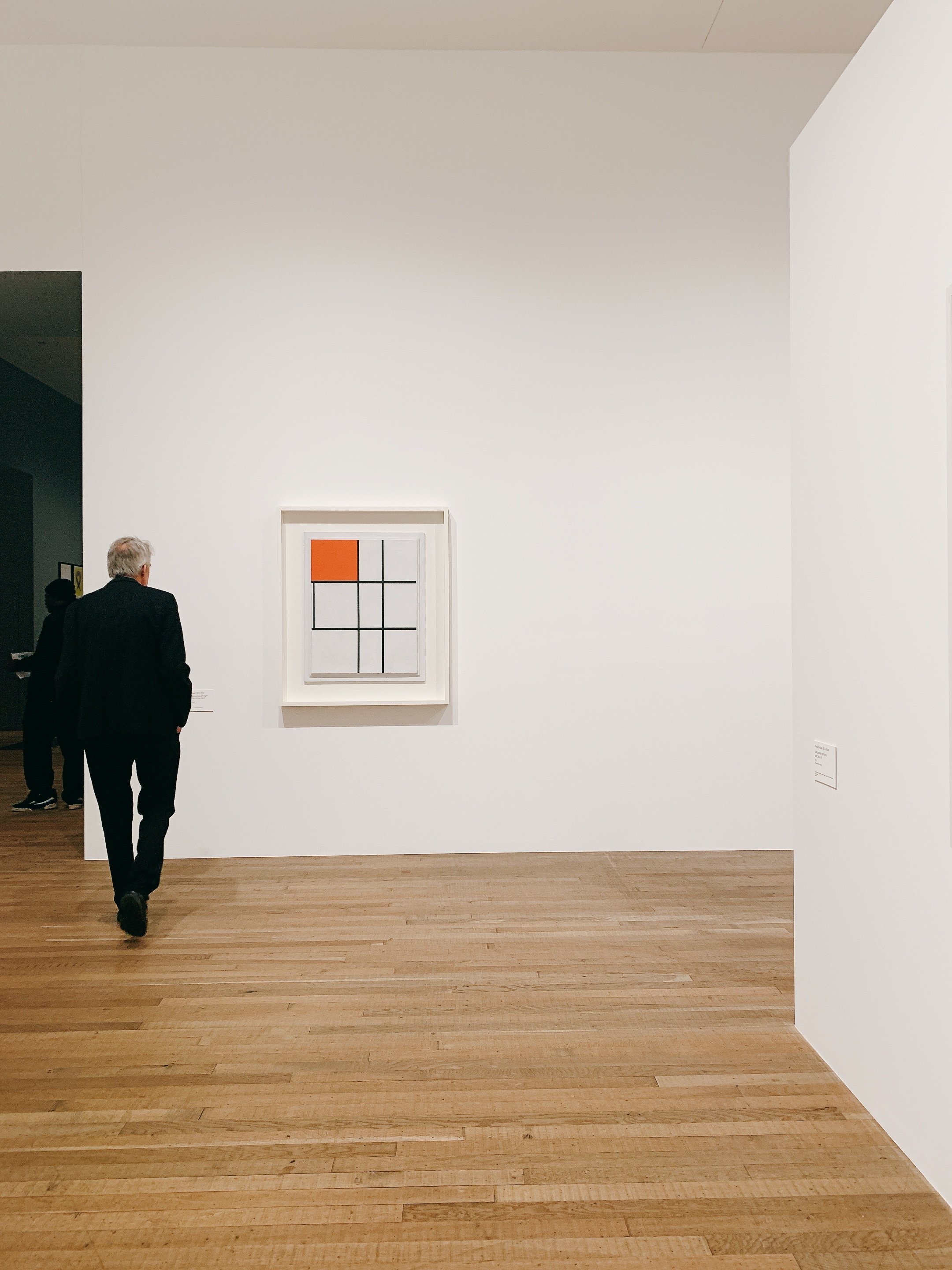
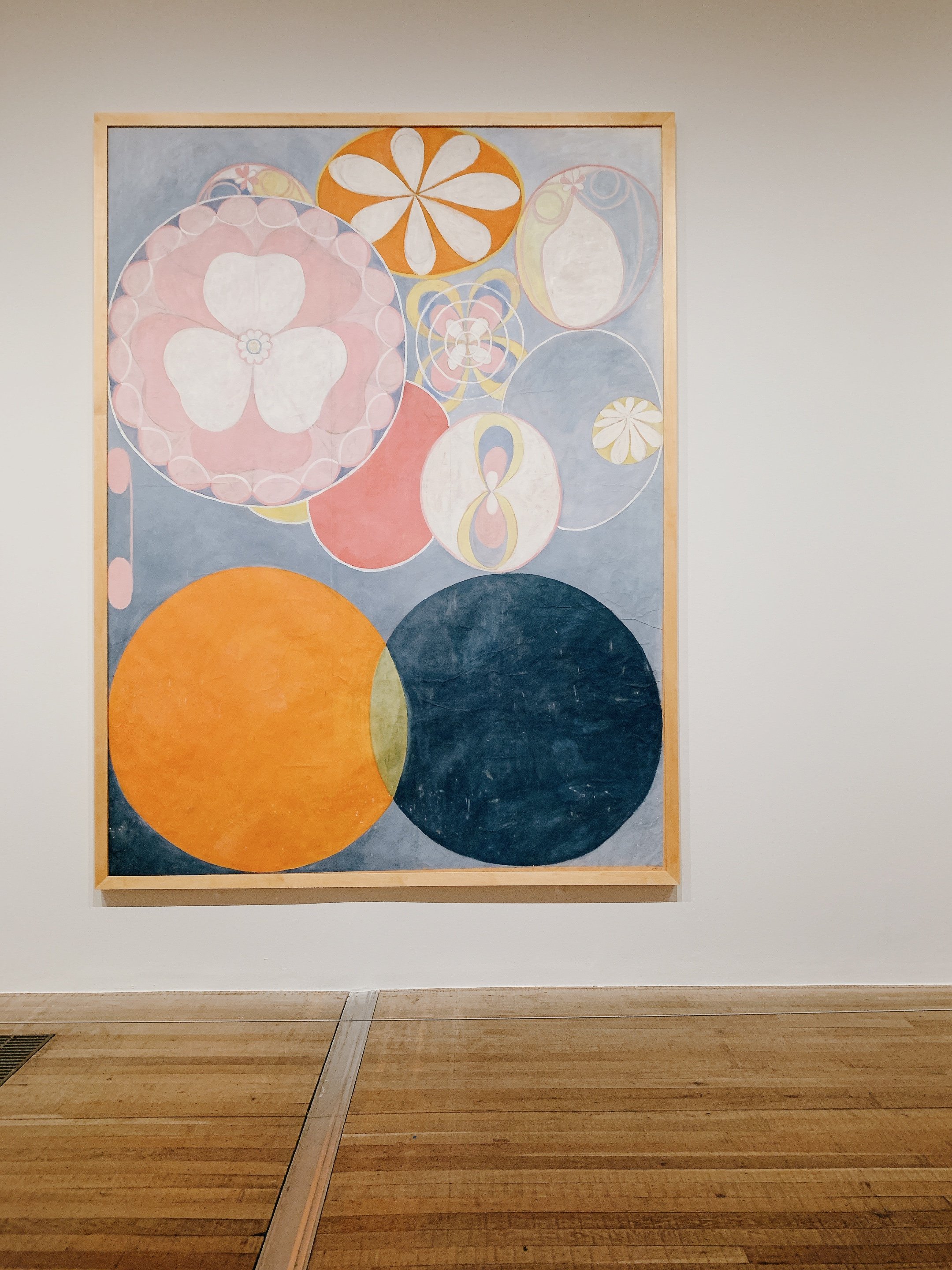
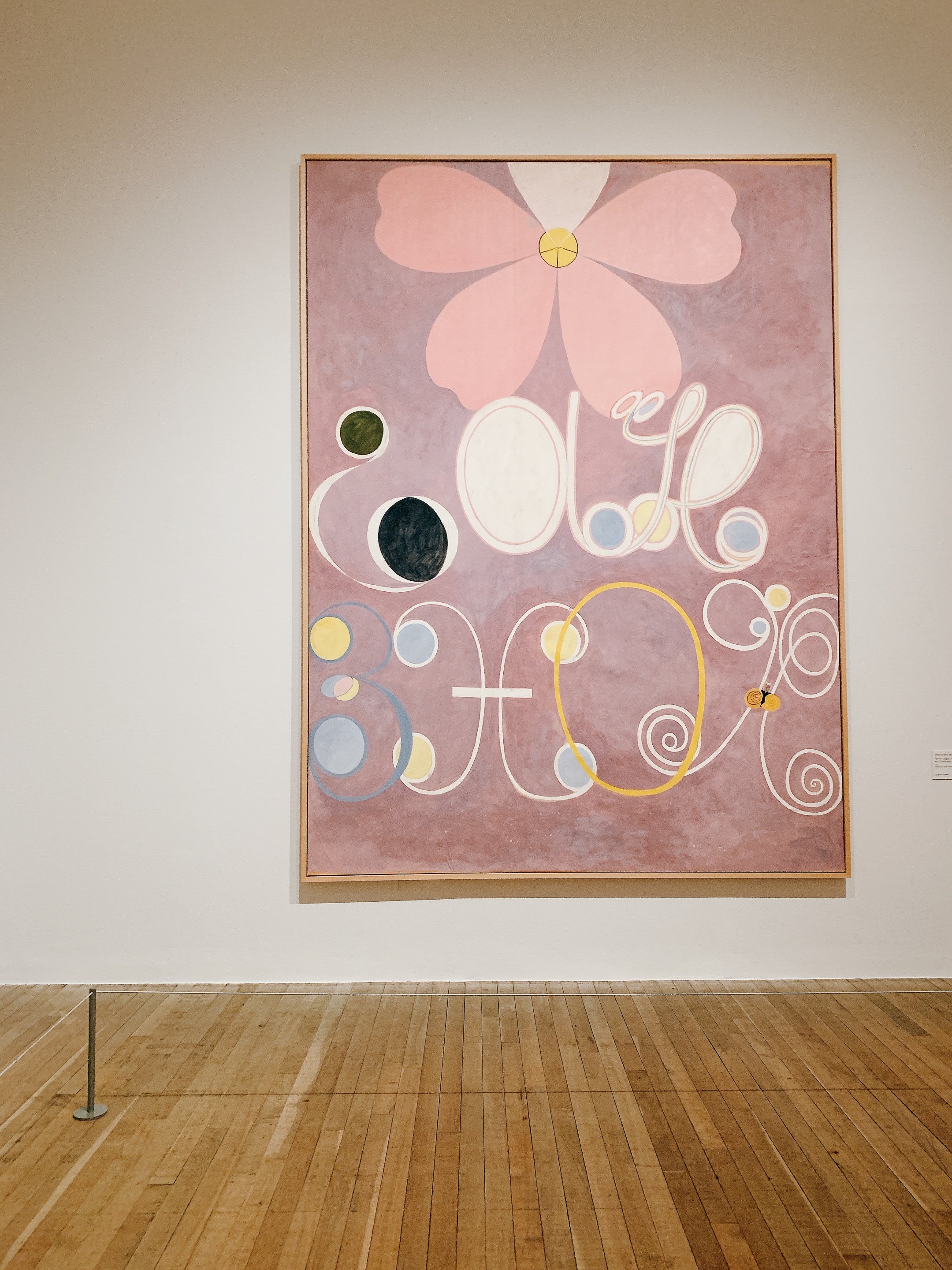
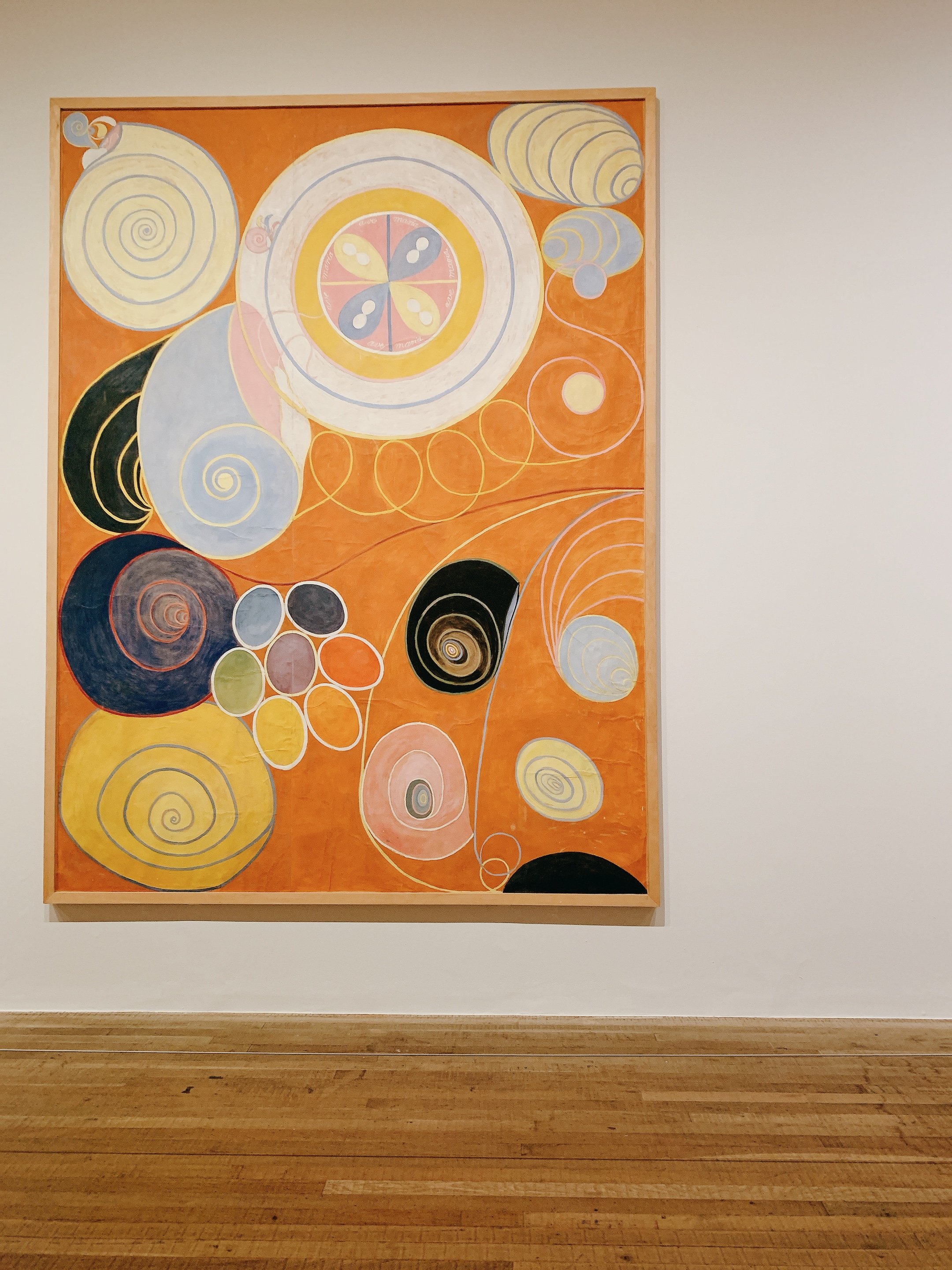
This is the largest presentation of Hilma af Klint’s work in the UK to date, with highlights including all ten of her monumental paintings from the series The Ten Largest 1907, presented together in the UK for the first time. It is also the first major UK exhibition in over 25 years to highlight Piet Mondrian’s early work alongside the iconic grid compositions for which he is best known. It brings together his surprising figurative paintings such as The Red Cloud 1907 and Evolution 1911 as well as early abstract experiments like Composition in colour B 1917, shining a new light on one of the most celebrated modern artists.
Forms of Life is rooted in af Klint and Mondrian’s fascination with the natural world. Having both started out as representational landscape painters, they each developed languages of abstract art – almost simultaneously – in the early 1900s. Tate Modern explores how their unique approaches to abstraction were each inspired by new ways of looking closely at nature. Featuring early landscapes, botanical drawings and depictions of flowers and trees alongside abstract paintings, the exhibition traces how their powerful affinity with nature remained an enduring presence throughout their careers.
The exhibition also explores how both artists engaged with spirituality and mysticism in their art. The discovery of invisible forces like X-rays, radioactivity and electrons in the 1890s undercut society’s confidence in the solidity of the world around them, revealing what was hidden to the naked eye. Across Europe, artists and thinkers like af Klint and Mondrian turned to esoteric movements like theosophy and anthroposophy as a way of reconciling religion with the modern world
Alongside her work as a professional artist in Stockholm, af Klint was also a medium and believed that her paintings were guided by higher powers. Separate to her conventional landscapes and portraits, from 1905 af Klint created a secret body of mystical paintings, which she insisted should not be seen in public for at least 20 years after her death. Tate Modern showcases key examples of these works such as the Evolution 1908 and the Tree of Knowledge 1913-15 series. The exhibition also explores Mondrian’s spiritualist beliefs, including how his geometric, angular and minimal brand of painting was designed to transmit ideas about the essential reality of the universe. Visitors are able to see these abstract grid paintings in the wider context of his career, alongside the paintings of flowers which he made throughout his life.
At the centre of the exhibition, a large room brings together sketches, notebooks, and letters from af Klint’s and Mondrian’s archives, offering an intimate look at some of the ideas behind their art. Presented alongside key references such as Goethe’s colour theory, Rudolf Steiner’s blackboard diagrams and Carl Linnaeus’s renderings of the natural world, it reveals how the two artists developed their own visual languages of signs, colours and shapes as a means to make sense of life on earth.
Hilma af Klint and Piet Mondrian: Forms of Life now opens at Tate Modern
Now til 3 September 2023